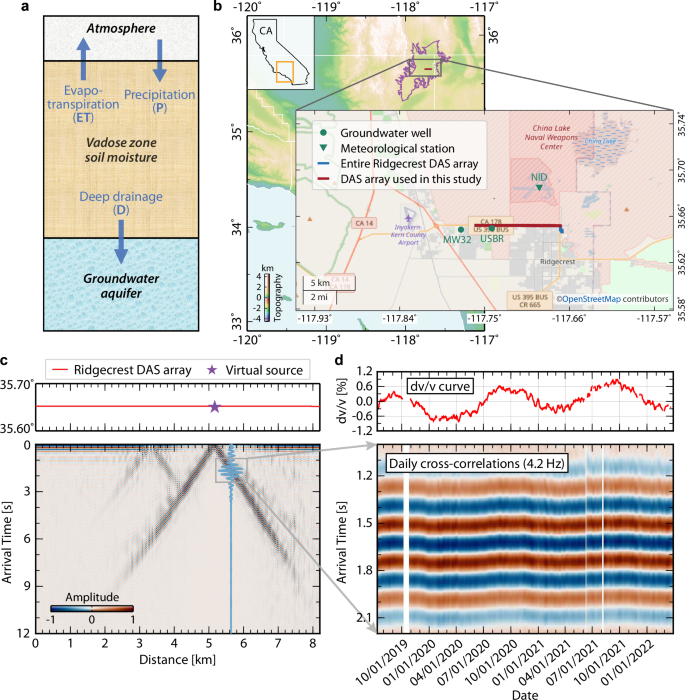2024-08-06 カリフォルニア大学リバーサイド校(UCR)
<関連情報>
- https://news.ucr.edu/articles/2024/08/06/protecting-popular-beans-bad-bugs
- https://acsess.onlinelibrary.wiley.com/doi/10.1002/plr2.20361
害虫抵抗性のインゲンマメ4系統の登録 Registration of four pest-resistant long bean germplasm lines
Bao-Lam Huynh, Ruth M. Dahlquist-Willard, Antoon T. Ploeg, Michael Yang, Lilian Thaoxaochay, Jessica Kanter, Sukhmony Brar, Jose Paz, Sara Qaderi, Hardeep Singh, Tra Duong …
Journal of Plant Registrations Published: 24 February 2024
DOI:https://doi.org/10.1002/plr2.20361

Abstract
Long bean (Vigna unguiculata subsp. sesquipedalis, asparagus bean, Asian yardlong bean), the vegetable type of cowpea [Vigna unguiculata (L.) Walp], is a climate-resilient and nutritious food legume grown by Southeast Asian farmers in the Central Valley of California and marketed to Asian immigrant communities across the United States. Insect pests are major threats, reducing yield and quality of all current lines. Modern plant breeding protocols and extension activities were implemented to develop resistant lines using sources of natural resistance found in African cowpea germplasm. Three aphid-resistant long bean lines, Dark Green 1994 (Reg no. GP-320, PI 702995), Light Green 2055 (Reg. no. GP-321, PI 702996), and Purple 2056 (Reg. no. GP-322, PI 702997), were developed by introgression of two known quantitative trait loci (QTL) for aphid resistance into three local elite lines through marker-assisted backcrossing (MABC). One bush-type long bean line, Bush 2074 (Reg. no. GP-319, PI 702994), carrying two known QTL for root-knot nematode resistance, was also developed to enable scaling up production and to improve nematode management in large-scale commercial farming. These improved lines were evaluated in controlled experiments which also served in outreach activities to enable adoption. Each of these advanced lines, when forming a near-isogenic pair with its recurrent parent, can provide useful genetic materials for resistance gene discovery.



